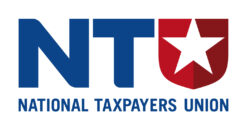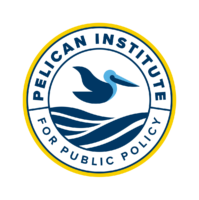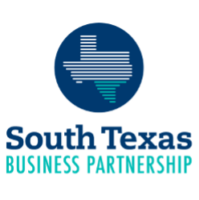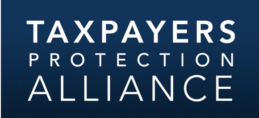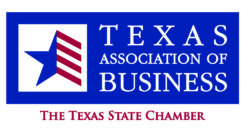© 2025 Alliance for Quality Broadband

Supporting High-Quality Internet Solutions
Now, more than ever, Americans rely on access to the high-quality internet service that has made U.S. broadband a global leader in terms of investment, availability, relevance, and readiness. And according to 2021 data from Pew Research Center, 93% of American adults use the internet – an increase of nearly 80% since 2000.

But despite this great success story, 7% of U.S. adults – around 18 million people – remain unconnected. The Alliance for Quality Broadband won’t stop until 100% of the country is online. We are advocating for solutions to address the digital divide comprehensively, to get more Americans connected by encouraging investment in broadband deployment to reach every unserved area and through effective adoption programs that address barriers preventing people from subscribing to internet service.
Government leaders play an important role in ensuring consumers and businesses are connected. Whether it’s improving digital literacy and technology skills, subsidizing deployment to reach unserved rural areas, or promoting the government’s consumer subsidies and numerous private sector programs available to low-income families, collaboration with experienced internet service providers with the expertise to build and maintain high-quality networks is critical. Utilizing existing networks also leaves more tax dollars available for investment in teachers and education, roads, water systems, public safety, and other core government services.

A Global Leader: High-Quality U.S. Internet Service
Global Leader in Investment
Over the past 25 years, US internet service providers have invested nearly $2 trillion in infrastructure and technology to deliver and continually upgrade high-speed internet service. And every year, they invest an additional $70 to $80 billion in private funding to continue to upgrade US broadband infrastructure and technology. At that rate, it’s no surprise that US broadband investment per capita is much higher than in Europe and in other countries in the Organization for Economic Cooperation and Development (whose members are typically high-income economies with a high Human Development Index).
Global Leader in Availability and Speed
US internet speeds are more than two times faster than median global performance. Today, 96% of Americans have access to broadband at speeds of 25/3 Mbps and 92% at speeds of 100/10 Mbps – and 88% of US homes have access to gigabit speeds, up from only 5% of homes in 2016. Recent speed tests show that the average download speed in Sept. 2021 was 204 Mbps, compared to 138 Mbps in March 2020 – a 47% increase in just over one year!
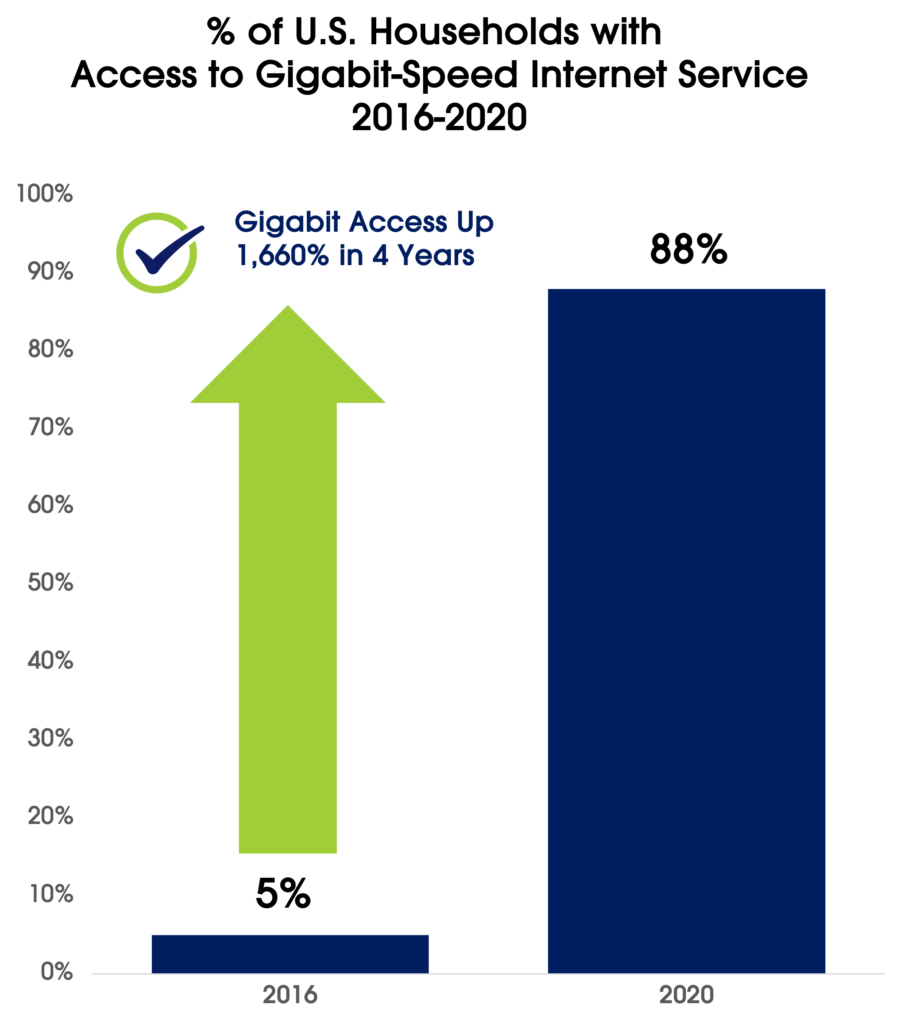
Global Leader in Affordability
As American families struggle with inflation and the increasing costs of most goods and services, the cost of broadband has been steadily dropping. Even as internet service speeds and access continue to increase, consumer costs have actually decreased.
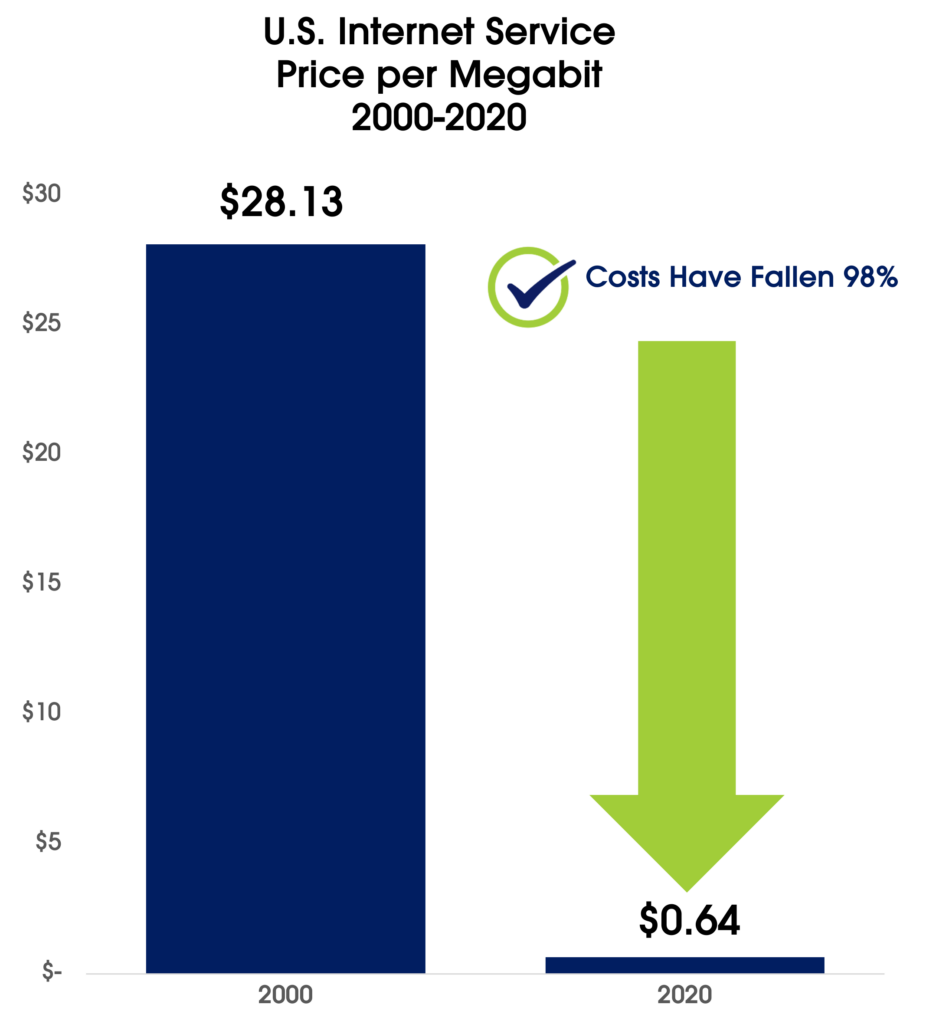
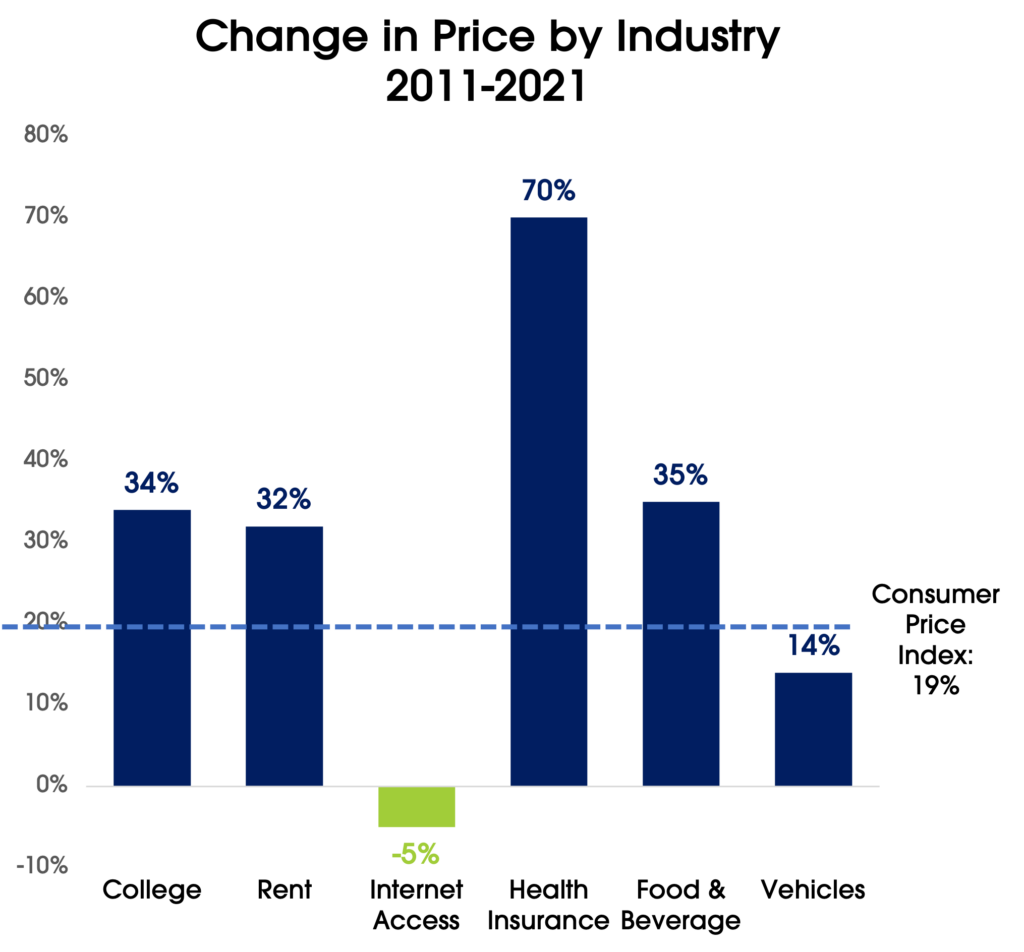

According to the U.S. Bureau of Labor Statistics, from 2011–2021 the Consumer Price Index grew by 19%. The price of college increased by 34% and the price of health insurance increased by 70%. However, during the same time period, the price of internet access decreased by 5%.

Since 2000, the average price per megabit has fallen dramatically. In 2000, US consumers paid about $28.13 per Mbps, but in 2020 that price was just $0.64 per Mbps – a decrease of 98%.

A report by the Progressive Policy Institute, found “prices in the tech-broadband-e-commerce sector were mostly flat or down in 2020, as investments in new capacity helped meet soaring demand. The surge of new broadband capacity meant that the price of telecommunications services to consumers fell by 2 percent in 2020, and the price of Internet access fell by 1 percent, according to data from the Bureau of Economic Analysis.”
The price of the most popular tier of broadband service declined 7.5 percent from 2020 to 2021 – a one-year price decline of nearly 10% when adjusted for inflation.
Source: US Telecom
The U.S. is home to only 4% of the world’s population, but it generates nearly 1/3 of global IP traffic.
Source: Cisco Visual Networking Index and US Telecom
Global Leader In Performance
As a result of significant and ongoing private investments in internet service infrastructure and technology by US internet service providers, internet access has expanded, speeds have skyrocketed, and prices have dropped – allowing US consumers to take advantage of data-intensive services, like streaming video, remote learning, virtual medical visits, and gaming. In fact, Americans lead the world in IP traffic and US networks carry far higher traffic loads than networks in other countries. (Network World, 03/21/20)
In an April 2021 report, the Broadband Internet Technical Advisory Group wrote: “Overall, the available data suggest that the Internet has performed well during the pandemic, and continues to do so, despite unparalleled and rapid changes in traffic demands …. and is a testament to the importance of continued investment in robust Internet infrastructure in all parts of the ecosystem.” The report went on to note that internet service providers (ISPs) “reacted to the sudden demand increase by rapidly adding extraordinary amounts of new capacity and pledging to Keep Americans Connected.” Similarly, the Progressive Policy Institute found that the willingness of US companies in the broadband and tech sectors to continue capital expenditures in recent years “essentially made it possible for large chunks of the economy to move forward despite the pandemic.”
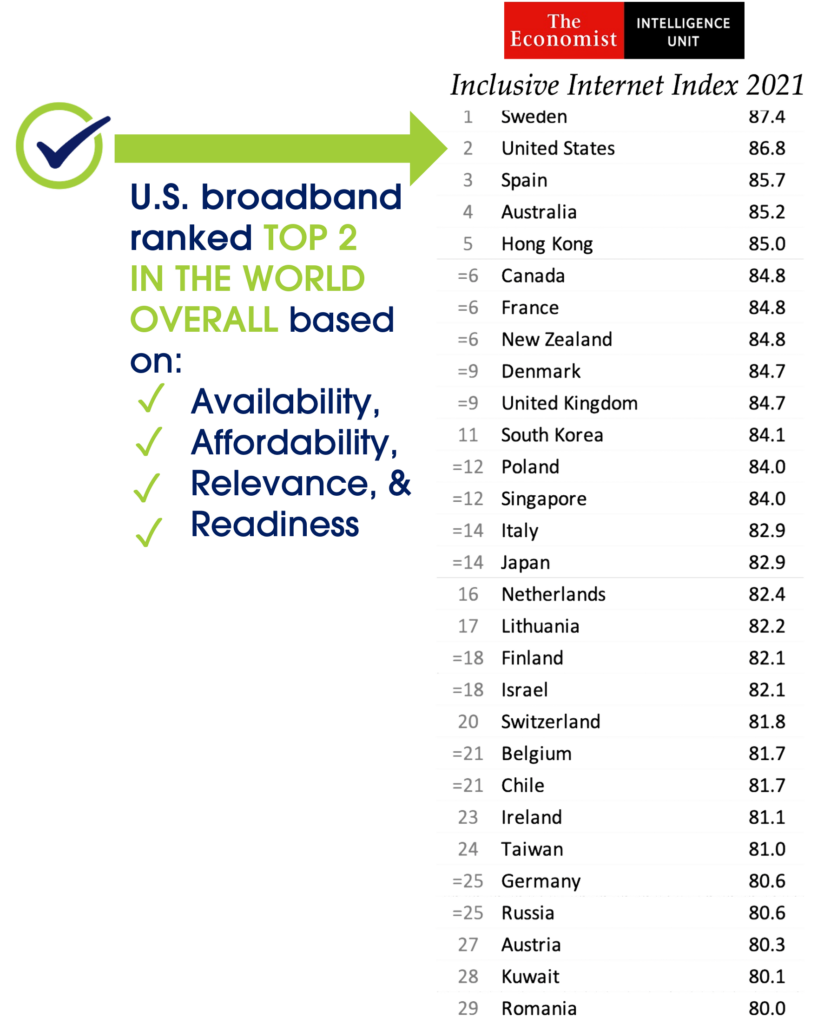
It’s no surprise that in The Economist’s 2021 Inclusive Internet Index, the US is ranked #2 in the world for the most inclusive internet, in terms of availability, affordability, relevance, and readiness.

What We Are Fighting For
The Alliance for Quality Broadband understands that reliably connecting all Americans requires solutions that holistically address the digital divide. We are working to connect more Americans by:
Meet Our Coalition Partners

What They Are Saying
Resources
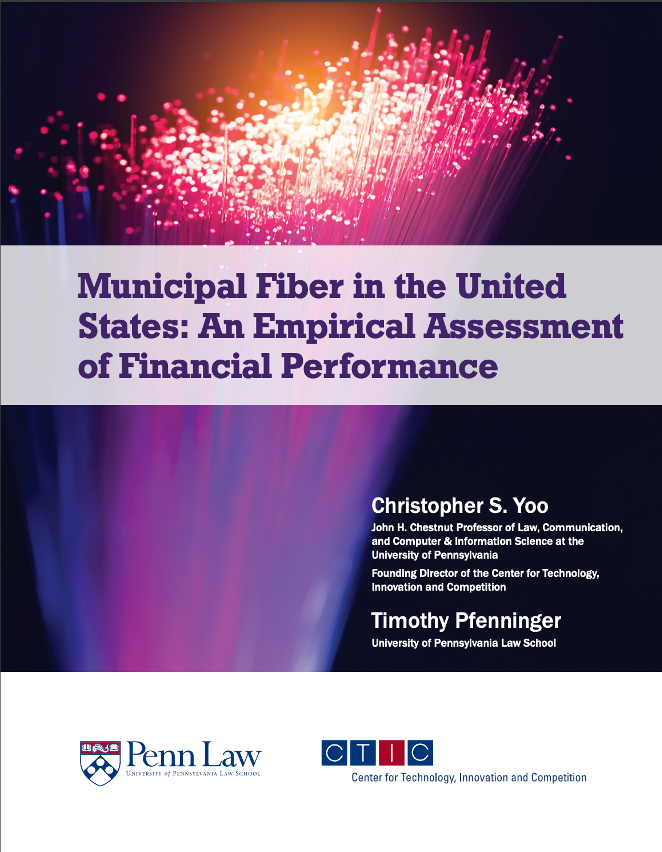
Municipal Fiber in the United States: An Empirical Assessment of Financial Performance
Joint Penn Law and Center for Technology, Innovation and Competition Study
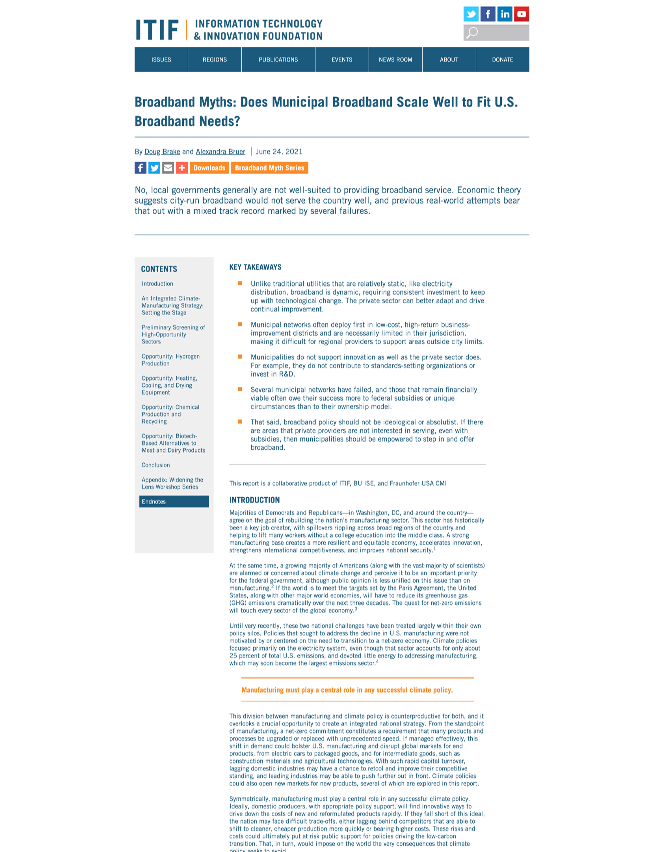
Broadband Myths: Does Municipal Broadband Scale Well to Fit U.S. Broadband Needs?
Information Technology & Innovation Foundation | June 2021
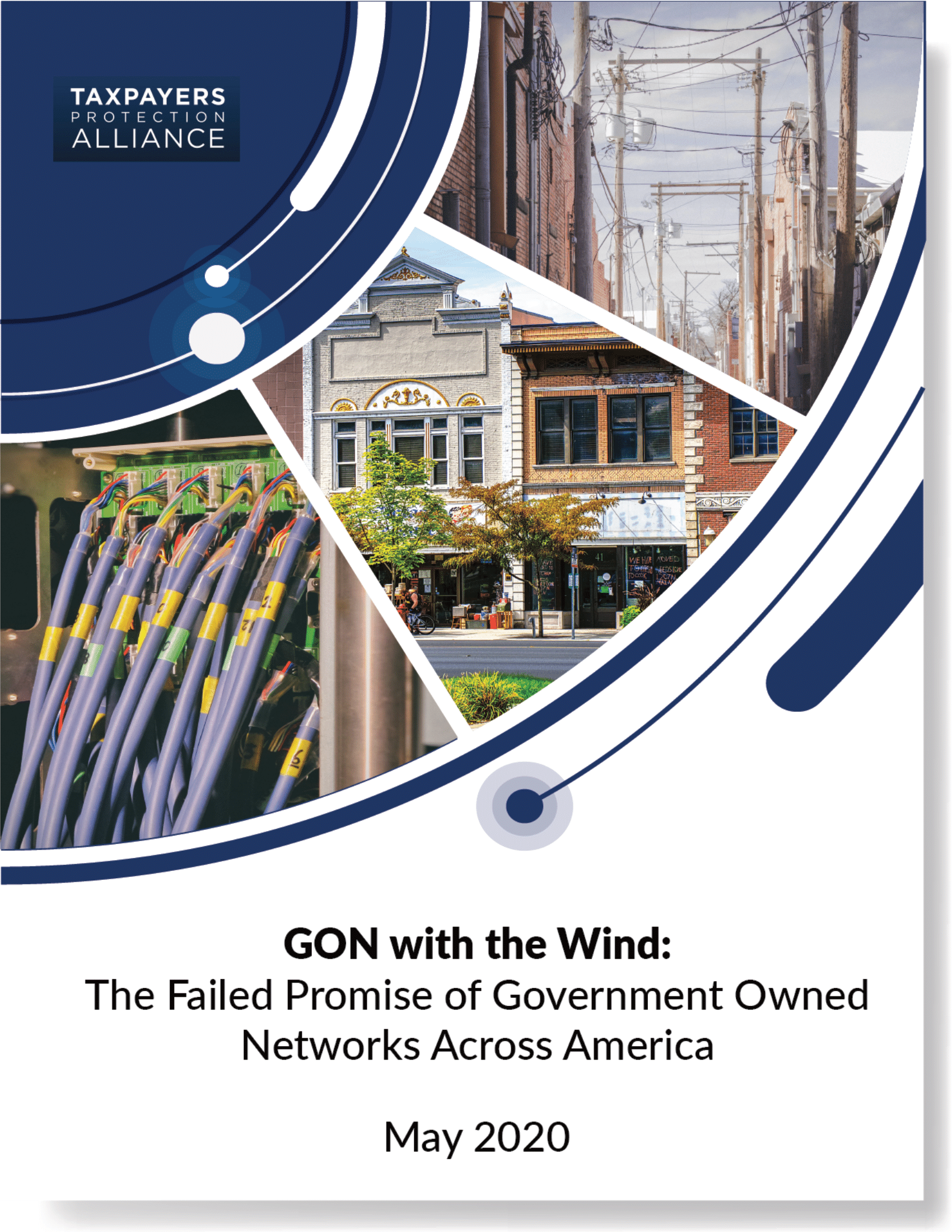
GON with the Wind: The Failed Promise of Government Networks Across the Country
Taxpayer Protection Alliance
Join Us
Do you support high-quality solutions to address the digital divide and connect more Americans? We need you to join our efforts.
Together, we can achieve solutions to bring us closer to bridging the digital divide – now.
"*" indicates required fields



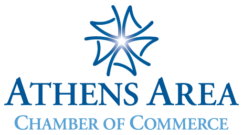



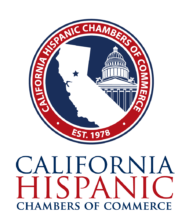
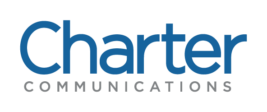
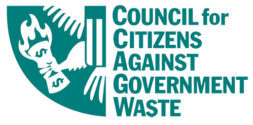
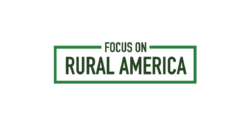

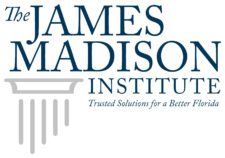
![Locke logo 2022[1]](https://qualitybroadband.org/wp-content/uploads/2022/03/locke-logo-20221-140.35584575614xauto@2x.png)



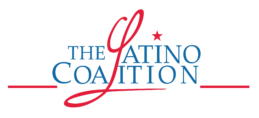



![mpilogo2[1]](https://qualitybroadband.org/wp-content/uploads/2022/03/mpilogo21-100.00666622227xauto@2x.png)



